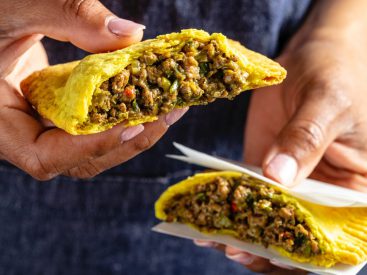In 1960, three years before the publication of Betty Friedan’s seminal feminist text ” The Feminine Mystique ,” Peg Bracken published her own book. It began like this: “Some women, it is said, like to cook. This book is not for them.” The aptly named ” I Hate to […]
Delicious!
Delicious!



